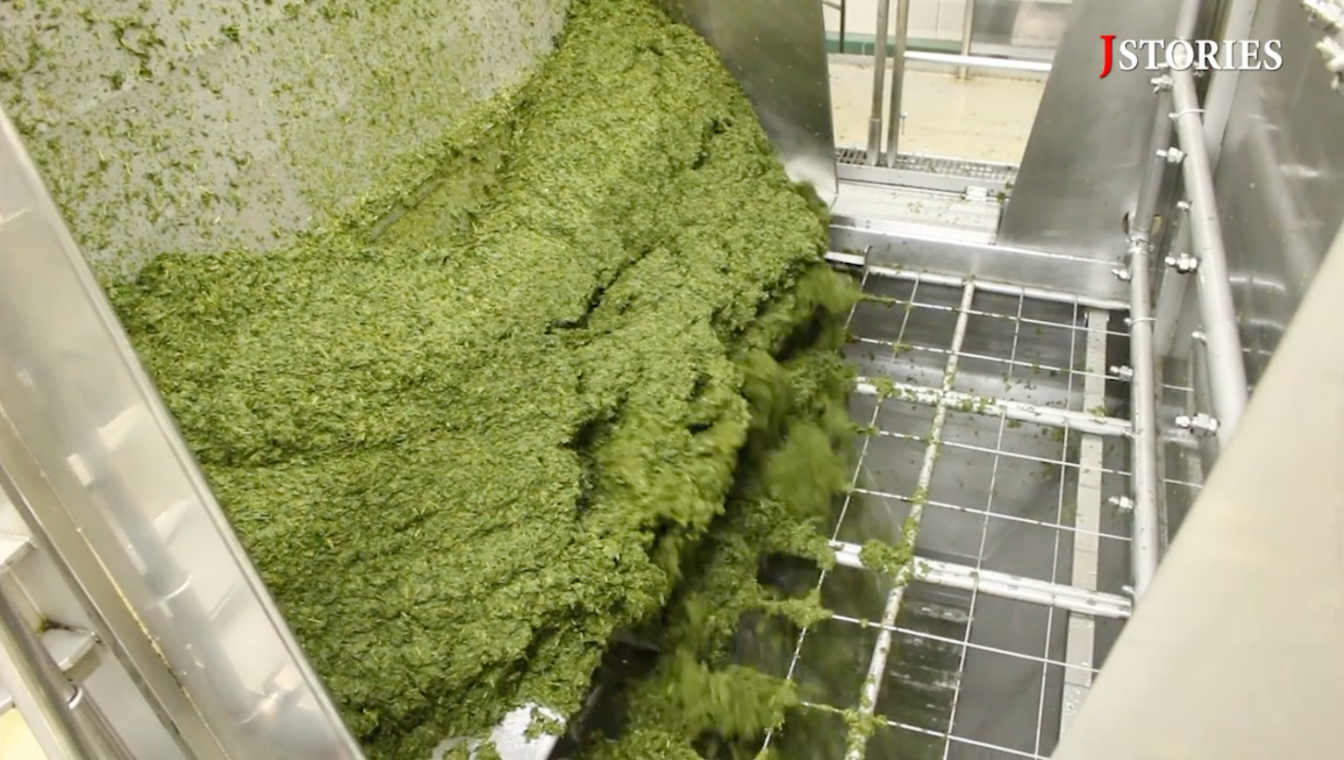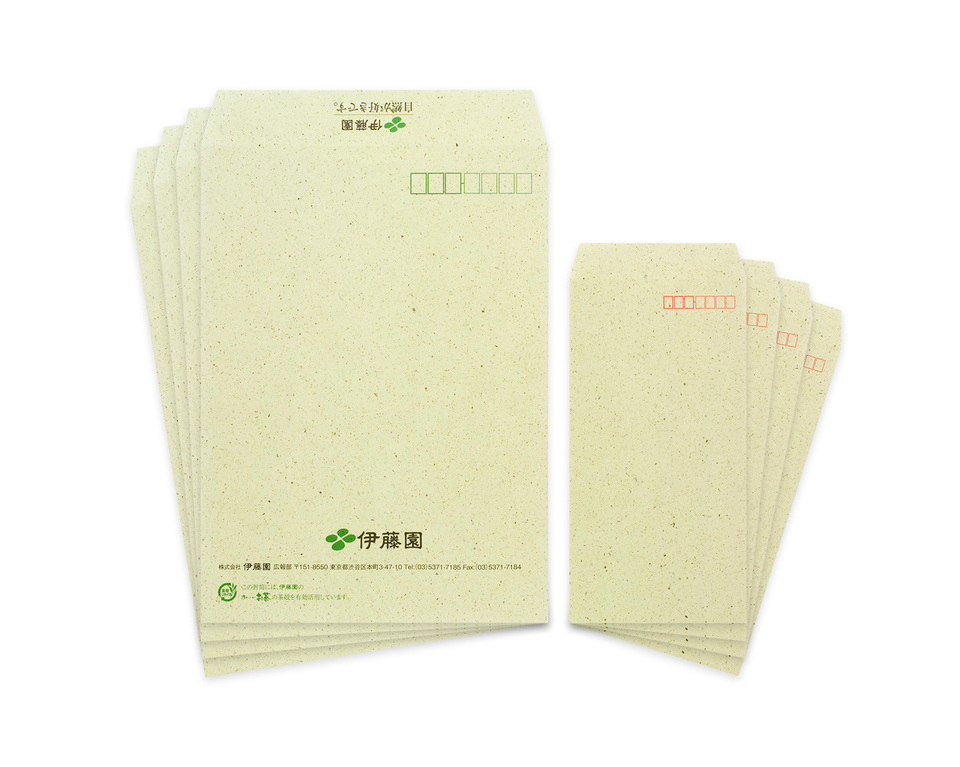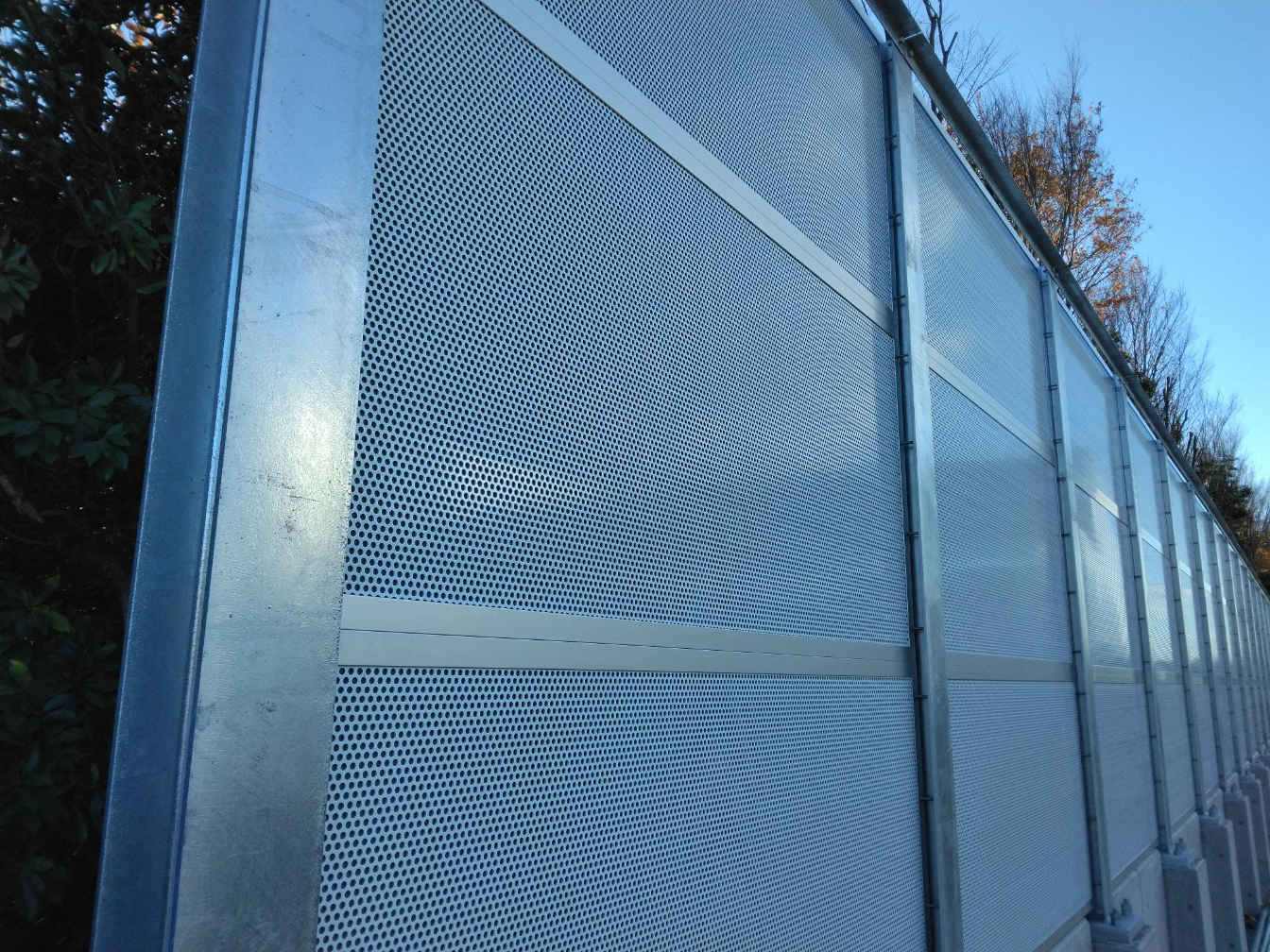J-STORIES - When bottled drinks maker Ito En rolled out its new delivery trucks last year, it spilled the tea on how it made the vehicles lighter and more friendly to the environment and its staff.
The answer lies in a Japanese product that's as old as the hills: tea leaves -- discarded ones to be precise. The maker of the iconic "Oi Ocha" bottled green tea announced that the trucks had been retrofitted with plastic door panels made from old tea leaves, reducing the weight of the 3-ton trucks by 110 kg, thus saving fuel and cutting carbon dioxide emissions.

This was the latest addition to Ito En's self-styled "Used Tea Leaf Recycle System," which was first conceived in 2001. The company has since recycled used tea leaves from its factories to make a variety of products, including benches and even vending machines in which the company's drinks are sold.
There's certainly scope for a huge volume of goods to be made. The factory that makes "Oi Ocha" produces some 54,800 tons of tea leaves waste each year, enough to fill a baseball stadium.
The company has been tapping into a long-held custom in Japan that considers it wasteful to discard used tea leaves, which are rich in nutrients, but can, ironically, pollute the environment if not dealt with properly. They are known to make great fertilizers and animal feed, and thanks to their deodorizing and anti-bacterial effects, they have many other traditional uses in Japan, such as household cleaning.
But while tea leaves are certainly versatile, recycling tea leaf waste from the factory has its challenges. Between 85 percent to 95 percent of that waste is water, so in order to fully utilize the leaves they need to be dried out first to prevent rotting. That in itself would require fuel, adding to the cost and removing some of the environmental benefits from recycling them.
That's when the company brewed up its proprietary recycling system, which focuses on upcycling the resin in the leaves. And in 2003, together with a trading company specializing in tatami mats, it developed and manufactured its first recycled tea product: stiff boards that form the core of tatami mats.
The Central Research Institute's Takanori Sato, who is in charge of the R&D for the recycling method, told J-Stories that it was his grandmother who inspired him to find a way to reuse the leaves.
“I remember how my grandmother would spread tea leaves on the tatami mats when she was cleaning [to stop dust rising],” he said. “I wanted to find a way to use that traditional wisdom.”

Since then, the method has been used to make various materials, including boards used in construction, exterior wall tiles and plastics. It has also been employed to make paper items, such as envelopes, which emit a subtle tea aroma. Cardboard boxes made with old tea leaves, meanwhile, are used to pack Oi Ocha tea. According to the company, the boxes smell better than those made from ordinary recycled paper, and require less cardboard.
Ito En has also made sound absorbing panels from tea leaf plastic, an idea that arose out of the need to soundproof one of the company's R&D labs that contained noisy pulverization equipment. Because the panels are significantly lighter than ordinary panels, they are easier to install, making them a handy option when quickly soundproofing buildings near construction sites.

Ito En’s latest tea leaf product, the plastic door panels for its delivery trucks, have also benefited from the reduced weight, proving to be a hit with delivery staff as the lighter doors take about one-third less force to open and close.
.png)
“We knew that mixing tea leaves into plastic increased strength, but a disadvantage was that it cracked easily," said Ito En's Sato, adding that the company then researched ways to get around this while reducing the weight and maintaining strength.

“We want to keep using tea leaves as a valuable resource to make products that surprise people,” Sato told J-Stories. “I hope this Japanese technology that came from a grandmother's wisdom will spread across the world.”
Translation by Tony McNicol
Proofreading by Ridley Coyte
Top page photo by Ito En
For inquiries about this article, please contact jstories@pacficbridge.jp
***
Click here for the Japanese version of the article.
![[Tokyo Updates] Is Hill-Farmed Salmon Here to Save Us?](https://storage.googleapis.com/jstories-cms.appspot.com/images/173258722885374_09952-thumb-1600xauto-10881_smallthumbnail.jpeg)
![[Tokyo Updates] Old and Full of Potential: Why a Swedish Model Is Reviving Abandoned Houses in Tokyo](https://storage.googleapis.com/jstories-cms.appspot.com/images/1732603609687d6b0a861ef75d954729578323092323fe00ad55e-thumb-1600xauto-10186_smallthumbnail.jpg)
![[Tokyo Updates] Making Space Development Open for All](https://storage.googleapis.com/jstories-cms.appspot.com/images/1732521298402c3af387cf9df027b91f0e9f2626b300713b93850-thumb-1600xauto-10594_smallthumbnail.jpg)


![[Podcast] Japanese technology to supercharge human fertility (Part 3)](https://storage.googleapis.com/jstories-cms.appspot.com/images/1766558713084place-for-scientific-research-2025-03-07-14-08-49-utc%20(1)_bigthumbnail.jpeg)
![[Interview: Part 2] A digital approach to tackle child hunger in Japan with dignity](https://storage.googleapis.com/jstories-cms.appspot.com/images/1766130666509unnamed_bigthumbnail.jpg)
![[Podcast] Japanese technology to supercharge human fertility (Part 2)](https://storage.googleapis.com/jstories-cms.appspot.com/images/1765863548035unnamed-7_bigthumbnail.jpg)
![[Podcast] Japanese technology to supercharge human fertility (Part 1)](https://storage.googleapis.com/jstories-cms.appspot.com/images/1765440905082unnamed_bigthumbnail.jpg)
_bigthumbnail.jpeg)




![[Interview] When digital and physical worlds meet](https://storage.googleapis.com/jstories-cms.appspot.com/images/1747974430456unnamed-2_smallthumbnail.png)

![[Interview] How Japanese musician Grover turned his passion of ‘sound’ into a health-tech startup](https://storage.googleapis.com/jstories-cms.appspot.com/images/1746181078493R7__1407_smallthumbnail.jpg)


_smallthumbnail.jpeg)

![[Interview: Part 1] From nourishing souls to feeding the hungry](https://storage.googleapis.com/jstories-cms.appspot.com/images/1763695595492unnamed_smallthumbnail.jpg)

